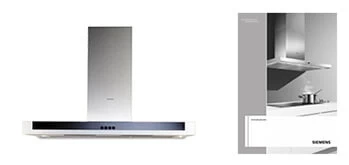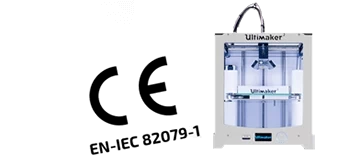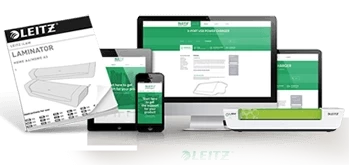-
UK User Manual Templates
- Machinery
- Electronics
- Medical
-
Decrease translation costs
-
Improve usability
-
Improved safety
-
Faster maintenance
We help organisations to create clear documentation
with STE
We offer various kinds of advice and support in the development of your documentation. We can write your documentation in accordance with the ASD-STE standard, or check it to make sure it doesn’t contain words that are not allowed.
The ASD-STE Standard
The STE standard takes English as its starting point, first because most technical documentation is written in English, and second because English is, after all, the most global language. A disadvantage of this is that English has an enormous vocabulary and relatively complex grammar. A lot of words have several different meanings, and this can result in confusion, high translation costs, poor translations and, when it comes to safety, downright dangerous situations.
After a number of earlier initiatives in the area of “controlled languages”, STE has now become the standard that is used in most industries. It is thus required in aerospace and in defence, but it is also used in ICT, mechanical engineering, communications, and by manufacturers of consumer products.
The advantages of writing in Simplified Technical English:
- Translation costs can be reduced considerably, by as much as 40%.
- The quality of documents can be measured with quality-assurance methods and tools.
- Shorter time to market.
- Writers can write more efficiently.
- Improved safety.
- Faster maintenance and repairs.
- Even greater advantages with content management is used, for example via XML, DITA, S1000D and SCORM (e-learning).
Part 1 of STE: rules for writing
The rules impose a number of limitations, such as the following, on the use of grammar and style:
- No more than three nounscan appear next to each other
- In a procedure, sentences can contain no more than 20 words; in a description, no more than 25.
- A paragraph can contain no more than six sentences.
Jargon and informal usages must be avoided as much as possible. - Instructions must be as specific as possible.
- The definite and indefinite articles must be used as much as possible.
- The past, presence, and future tense can be used.
The text has to be written in the active voice. - Words ending in –ing—gerunds—must be avoided unless they are part of a technical term.
- In safety warnings, the conditions that apply must appear near the beginning of the sentence.
Part 2 of STE: the dictionary
The dictionary in the STE standard contains both words that are permitted and thoe that are forbidden. Words that are allowed may be used only with the meaning specified in the dictionary. The word “close” is an example. It can be used only to mean one of the following two things:
- Merging, or moving to a position where items can no longer more from the insite to the outside.
- Activating a switch to create an electrical circuit.
The word “close” can be used in the phrase “to close a door” or “to close a circuit”. Thus it can’t be used to mean anyting else (as in, “to close a meeting” or “to close a business”). The lexicon specifies that it is also forbidden to use “close” to mean “near” or “nearby”. A sentence such as “Do not get close to the landing gear” is thus not allowed in STE. An alternative such as “Do not go near the landing gear” would have to be used. There are also clear guidelines in the STE basic vocabulary governing the addition of technical terms. And it contains verbs that writers need in order to describe maintenance procedures. In the STE dictionary there are no words such as “propellor”, “overhead panel”, and the verb “drill”. However, these are indeed allowed according to the STE guidelines. Read more about how to implement Simplified Technical English.






